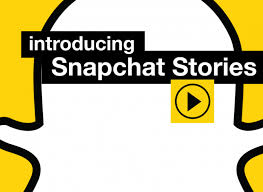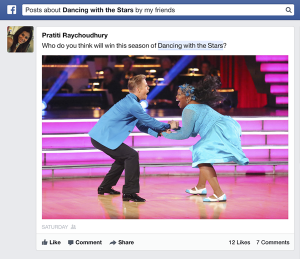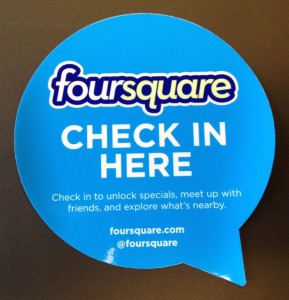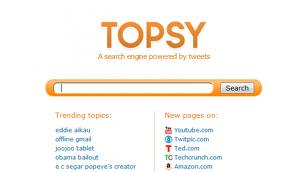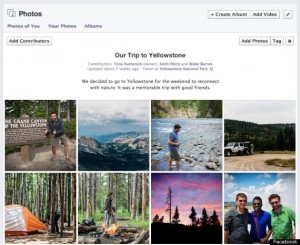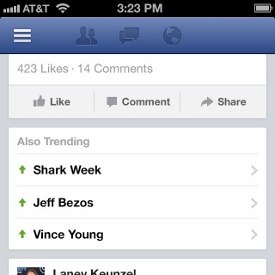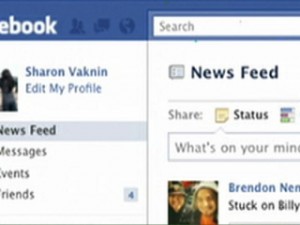Facebook Changing Privacy Settings
In Social Bookmarking, Social Media, Social Media News Brief, Social Networking, Web 2.0 | No commentWith recent developments in Internet privacy news, one would expect social networks to be getting stricter with privacy settings. Facebook’s most recent announcements, however, prove that this is simply not the case: in fact, the social network appears to actually be reducing its privacy settings. It was announced last Thursday that Facebook would be removing the privacy setting that allowed users to hide themselves from other users in Facebook’s search field.
The primary reason that Facebook has stated they have made this specific alteration to the privacy settings was that the tool was outdated and it only made things more difficult for Facebook users who were trying to find their friends over the social network. The other likely reason is due to Facebook’s recent Graph Search addition, which is intended to make it easier to find people on Facebook. With Graph Search and the removal of this privacy feature, it will be easier than ever to connect with others via Facebook.
Another way that Facebook is altering privacy settings is in its relaxation of privacy rules for teenagers. 13 to 17 year olds who use Facebook are now able to share their photos, comments, and updates with the public. They can also now turn on the ‘Follow’ feature that adults have been able to use for quite some time now, which allows people who they are not friends with the see that person’s public posts in their own News Feed.
Oddly enough, Facebook also has announced that teenagers’ default share setting will no longer be ‘Friends of Friends’ and will instead just be ‘Friends.’ This means that posts made by teenagers will — by default, anyway — actually be harder for others to see unless the teenaged Facebook user has other wishes. Essentially, Facebook-using teenagers have the ability to share with more people than ever before, but their default settings will reduce that ability unless they choose otherwise.



